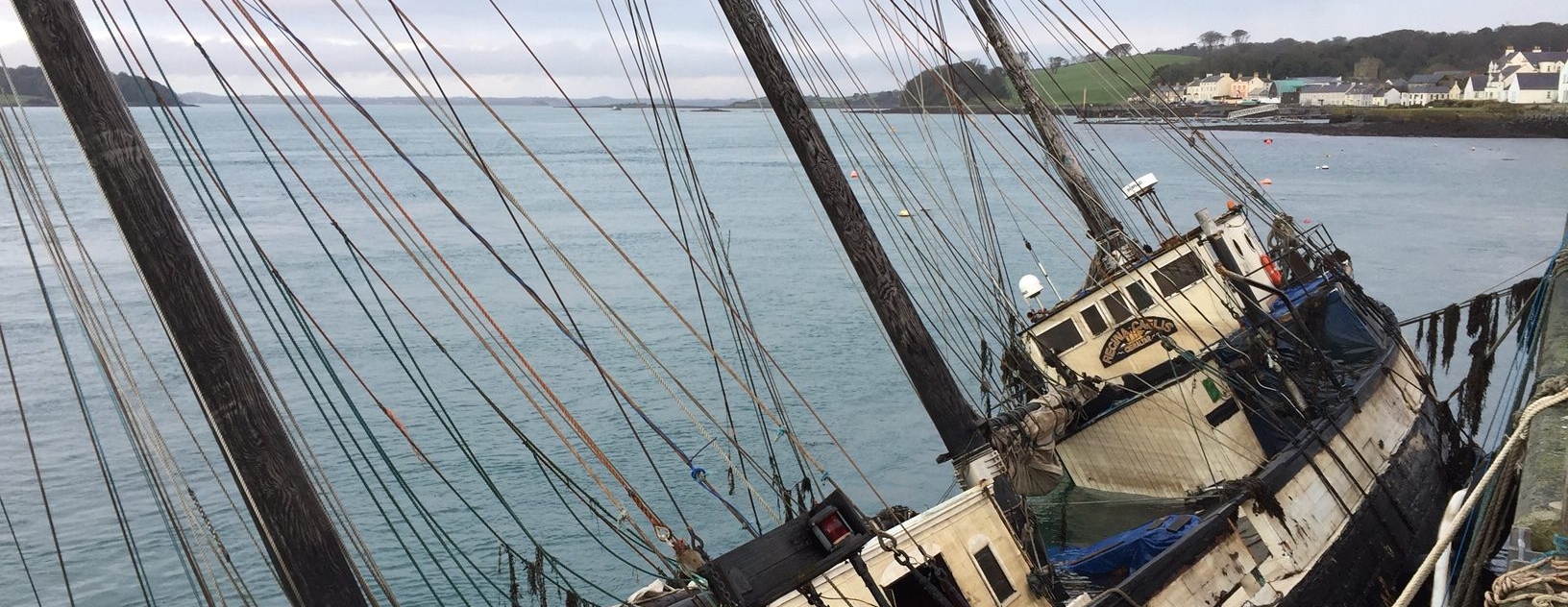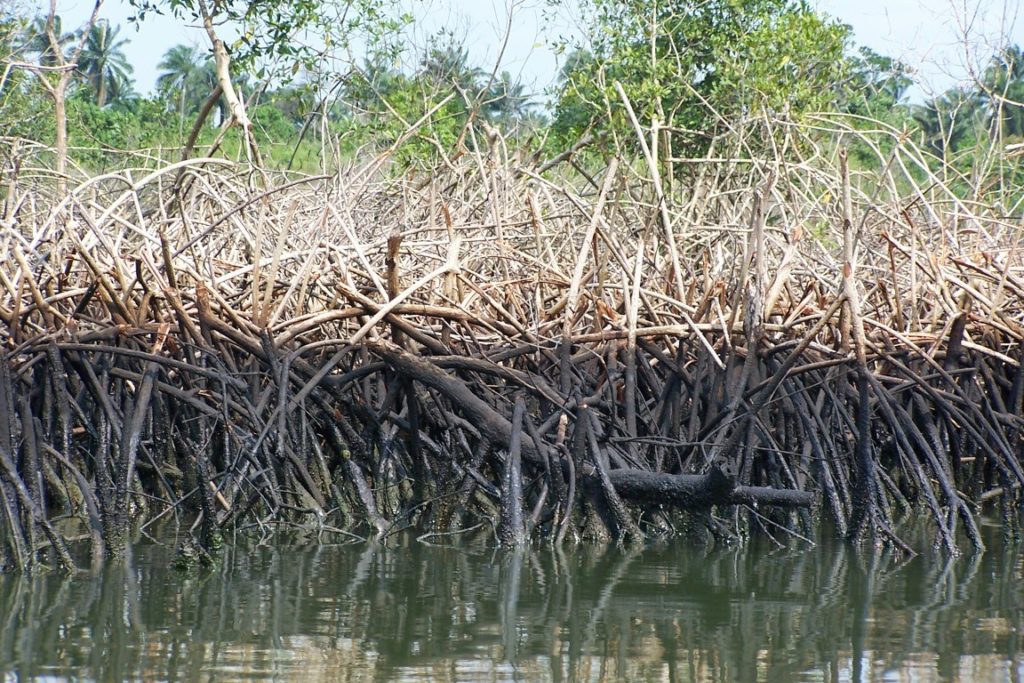Attempted theft of fuel from a high-volume underground distribution pipeline

By Marketing Team
Posted in May 13, 2021

Ambipar Response were mobilised to a remote rural location in September 2014 following the attempted theft of fuel from a high-volume underground distribution pipeline. A hand-dug excavation was discovered overflowing with fuel which was observed to be running into an adjacent roadside drainage ditch and brook in a nearby wood.
The volume of fuel lost was estimated at between 5-10m3 based on pipe volume and pressure calculations and site observations shortly after the spill.
Project Works:
Immediate Response:
Absorbent booms were installed across the ditches and the road ditch was dammed to stem the flow of fuel and contaminated water into the woodland brook. Absorbents were deployed on the water to absorb any free-phase oil.
The leaking section of pipeline was exposed in a larger excavation to undertake the repair of the pipeline.
Visibly contaminated surface soil and leaf matter was excavated from the roadside ditch as part of the immediate spill response works and this material was loaded into plastic lined skips for subsequent sampling, chemical analysis and off-site disposal.
Investigation/Sampling:
An intrusive site investigation was undertaken which involved drilling 6 boreholes, using a percussive windowless sampling rig and excavating 24 trial pits.
The drilling and trial pit excavation works were supervised by an environmental specialist who logged all boreholes/ trial pits and undertook regular Head Space Tests, using a Photo Ionisation Detector (PID), on samples of soil recovered from the windowless sampling cores and trial pit excavations. Recovered soil samples were sent to an independent laboratory for chemical analysis, including Total Petroleum Hydrocarbon (TPH-CWG), Benzene, Toluene, Ethyl benzene & Xylene (BTEXs), Speciated Polycyclic Aromatic Hydrocarbons (PAHs), pH & Moisture Content.
The information obtained from the site investigation and a subsequent topographic survey was used to produce a Site Investigation Report with a Detailed Quantitative Risk Assessment, groundwater contour modelling and a final remedial and validation strategy proposal.
Due to a number of factors, including site topography, ground conditions, remoteness, time of year, location of a sensitive surface water it was agreed that the most appropriate remedial strategy would be a controlled programme of excavation then backfilling of oil impacted areas.
Excavation Works:
The excavation of contaminated soil from the upper roadside ditch closest to the pipeline spill location began in late November 2014 with all contaminated soil transported by lorry to a soil treatment facility (STF) which reuses the soil as landfill capping material after treatment.
The excavation works were constantly supervised and regular Head Space Tests were undertaken on soil samples recovered from the excavation area using a Photo Ionisation Detector to ensure that all the grossly contaminated soil had been removed from the base and sides of the excavation.
During and following periods of heavy rainfall large volumes of clean surface water had to be managed which involved setting up a surface water over-pumping system, which by-passed all the oil impacted sections of the ditches and the brook.
Over 1500 tonnes of contaminated soil was excavated from the roadside ditch areas with a further 1668 tonnes of contaminated soil being excavated from the wooded area.
Results:
- Remedial works was validated by a programme of surface water monitoring over next 12 months.
- The brook through the wood was re-instated and connected to the roadside ditch to allow clean surface water to flow through on the 10th February 2015.
- No detectable hydrocarbon concentrations in any of the validation water samples collected during this validation sampling programme.
- Volume of hydrocarbon mass removal from the site was calculated a total of approx. 7 tonnes, which represents the recovery of a significant proportion of the hydrocarbon contamination lost in the spill.

